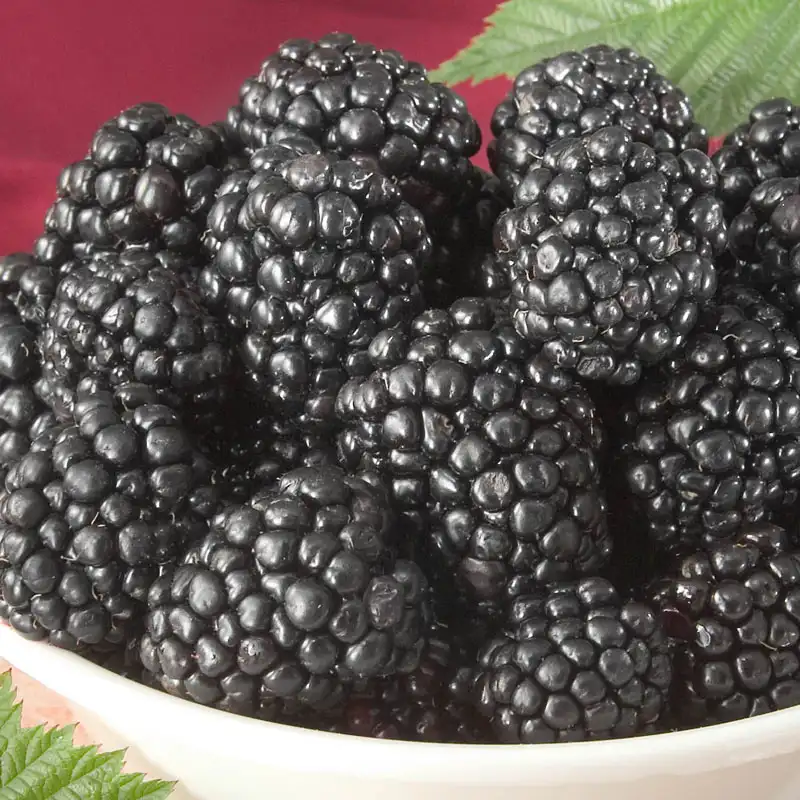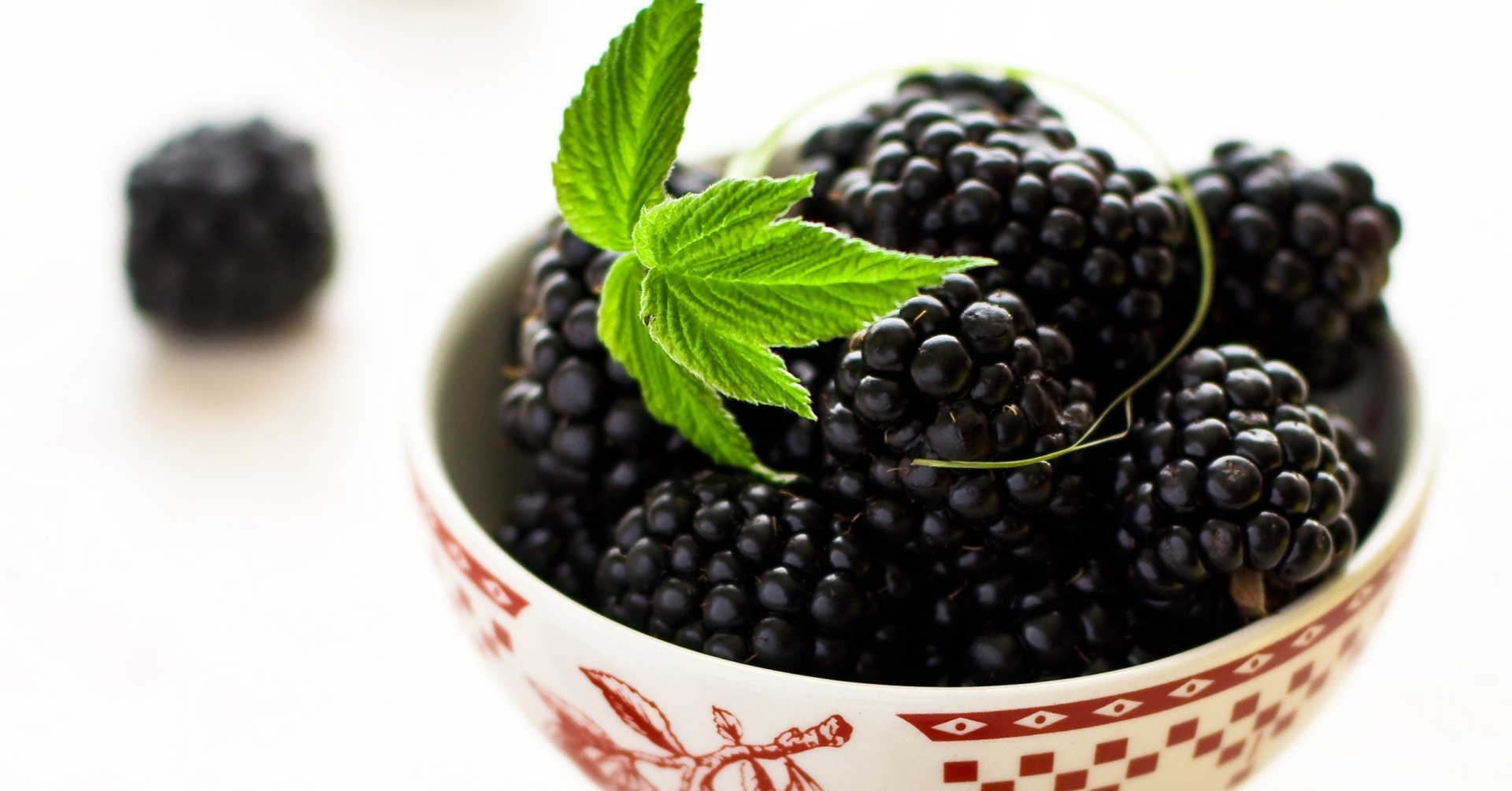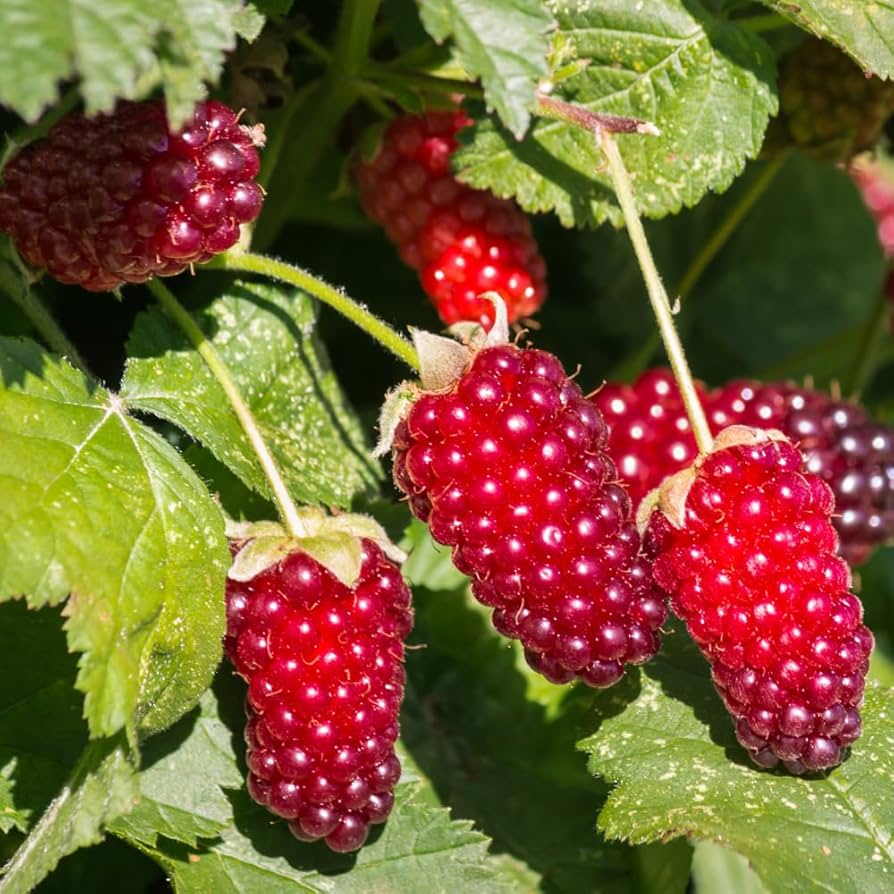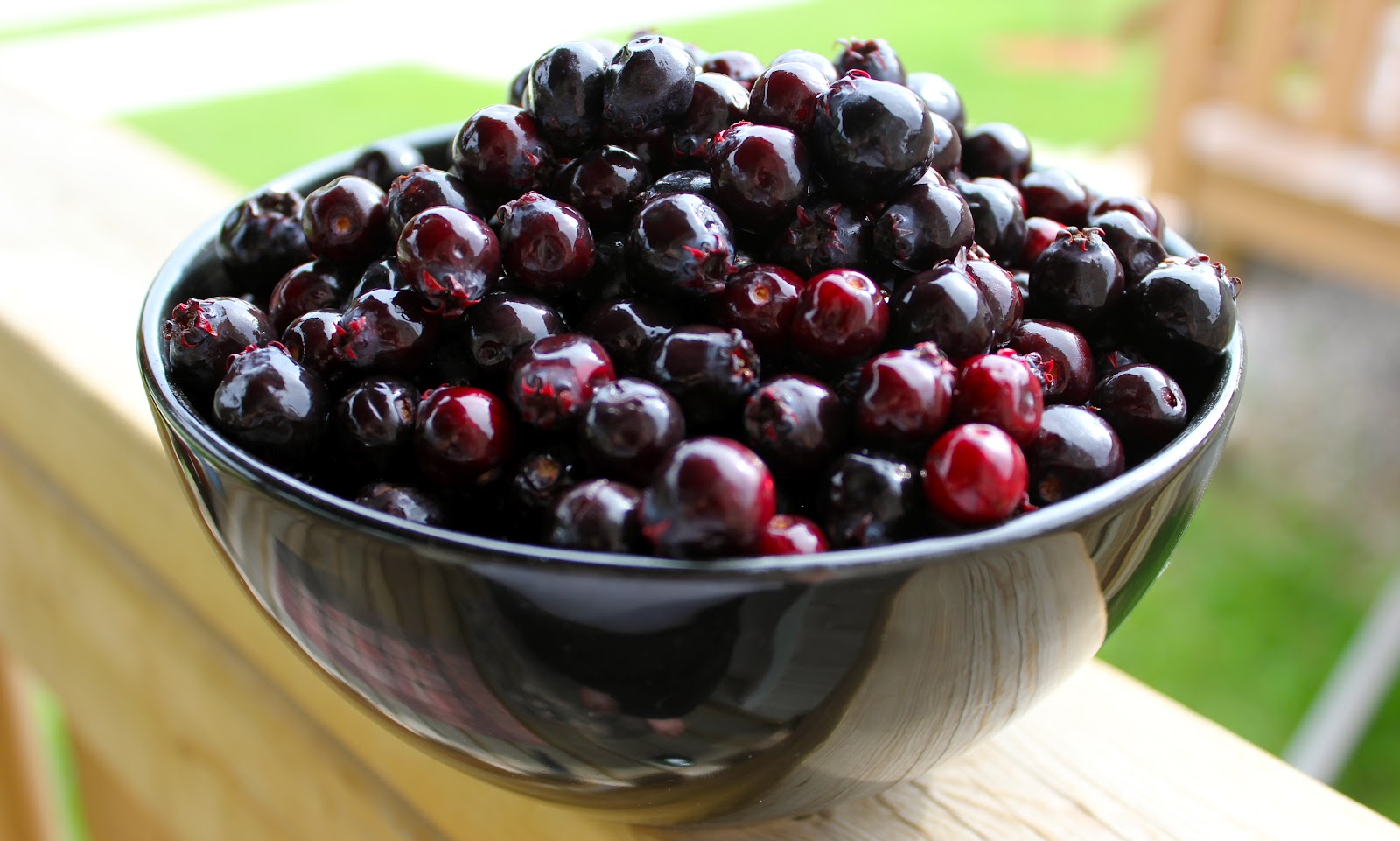Blackberry (Rubus fruticosus L. s.l.)
The blackberry plant—scientifically known as Rubus fruticosus—is an aggregate species encompassing numerous distinct species and varieties within the Rubus genus of the Rosaceae family. These plants are celebrated for their dark-hued, richly flavored aggregate fruits.
Fruit Characteristics:
Blackberry fruits are aggregates composed of multiple small drupelets that turn dark purple or black upon ripening. They have a smooth or slightly glossy surface. Typically cylindrical or conical in shape, these fruits range from 1 to 3 centimeters in length depending on their species or variety. Unlike raspberries that detach from their receptacles leaving a hollow core when picked, blackberries stay firmly attached to their receptacle when harvested. The flesh is soft yet juicy with a unique sweet-tart flavor profile accompanied by a distinctive aroma. These fruits contain numerous tiny seeds.

Main Types (Representative Blackberry Species & Varieties):
As an aggregate species with extensive diversity among wild species and cultivated varieties—differing in growth habits, fruit size/flavor/yield—some notable types include:
- Wild Blackberry (Rubus fruticosus s.str.): Predominantly found across Europe; smaller-sized fruits with pronounced tartness.
- American Blackberry (Rubus allegheniensis): Commonly found across North America; larger-sized fruits boasting excellent flavors.
- Thornless Blackberries: Cultivated varieties bred without thorns on branches for ease of picking—examples include ‘Chester’, ‘Triple Crown’, & ‘Apache’.
- Erect Blackberries: Upright-growing branches requiring no support—examples include ‘Illini Hardy’ & ‘Shawnee’.
- Trailing Blackberries: Ground-trailing branches needing support—examples include ‘Marionberry’ & ‘Boysenberry’ (often considered hybrids between blackberries & raspberries).
Nutritional Value & Potential Benefits:
Blackberries are nutrient-dense fruits packed with carbohydrates, dietary fiber, vitamins like Vitamin C, K, and Folic Acid, along with minerals such as Manganese and Potassium. Known for being potent antioxidant sources due to high levels of anthocyanins, ellagic acid, and other phytochemicals—they offer potential health benefits including anti-inflammatory and anti-cancer properties while promoting cardiovascular health.
Distribution & Cultivation:
Found globally across temperate regions including Europe, Asia, and North America; wild blackberries thrive at forest edges, in shrublands, and wastelands, whereas cultivated varieties flourish in orchards and home gardens owing to their nutritional value and flavor appeal. Adaptable yet preferring sunny, well-drained soils—propagation methods span cuttings, root suckers, and tissue culture techniques.



